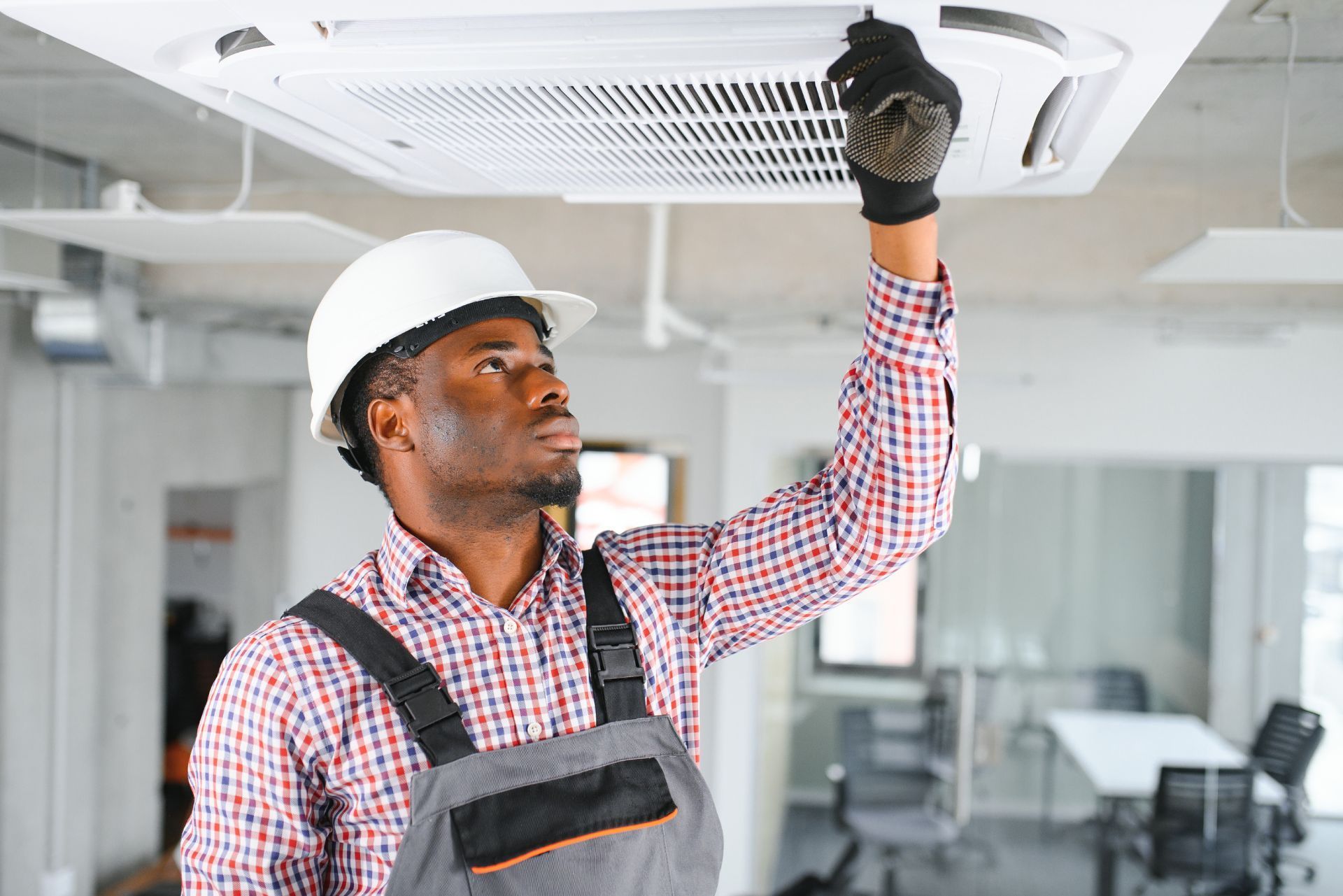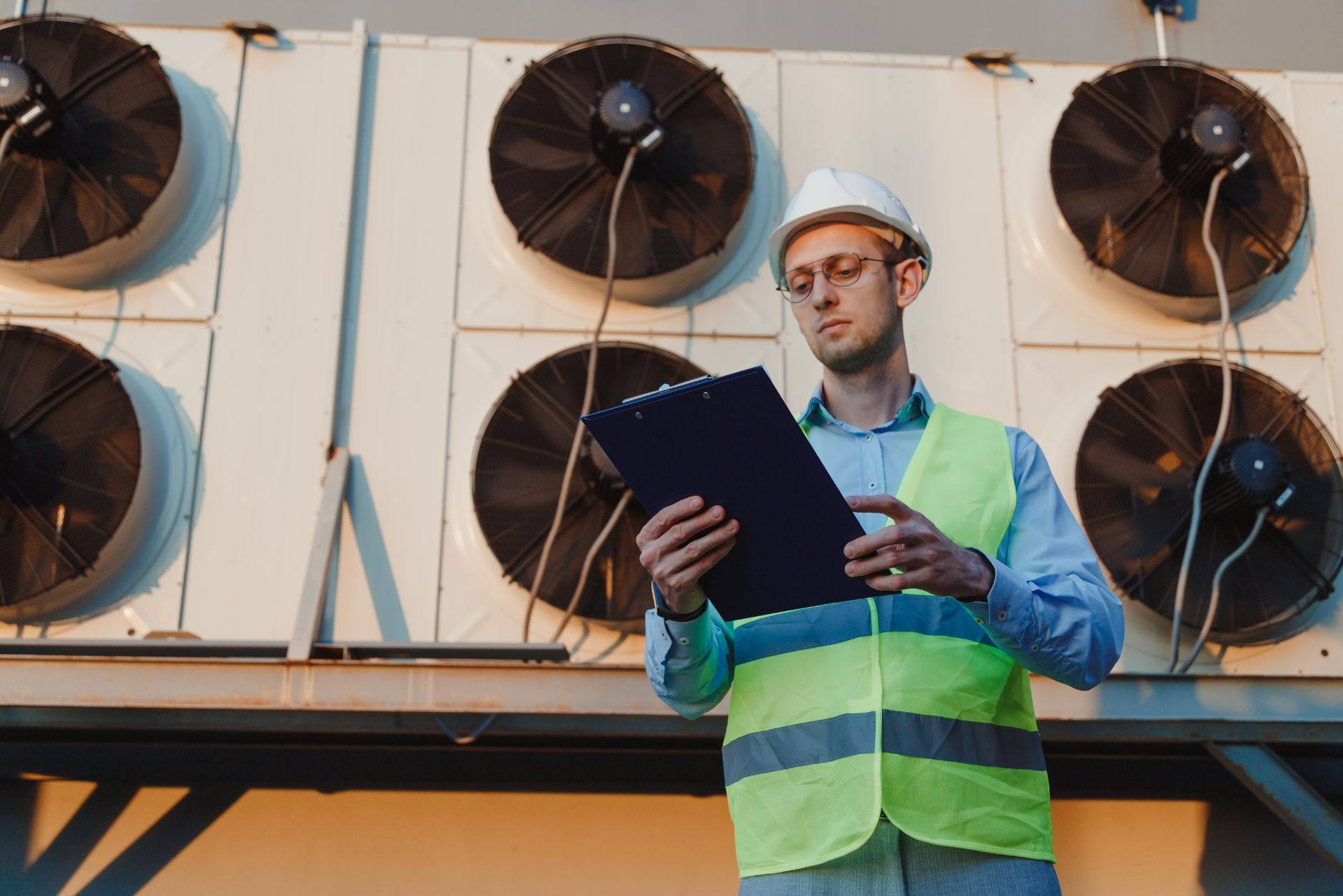Top 3 Recommended Policies

For HVAC contractors, managing risk is a critical part of running a successful business. While general liability insurance covers many common risks, it often falls short when it comes to large, unexpected claims. This is where umbrella insurance steps in, providing an extra layer of protection that can safeguard your business’s financial future. Understanding the costs, benefits, and current market challenges of umbrella insurance is essential for HVAC professionals looking to make informed decisions about their coverage.
In this comprehensive guide, we'll explore everything HVAC contractors need to know about umbrella insurance, including how it complements existing policies, current pricing trends, and market dynamics affecting availability. Whether you’re a seasoned contractor or just starting out, this article will help you navigate the complexities of umbrella insurance in today’s insurance landscape.
What Is Umbrella Insurance and Why Do HVAC Contractors Need It?
Umbrella insurance is a type of liability coverage that extends beyond the limits of your primary insurance policies, such as general liability or commercial auto insurance. For HVAC contractors, this means added protection against large claims that could otherwise jeopardize the business’s financial stability.
Consider a scenario where a contractor faces a lawsuit due to property damage or bodily injury caused during a job. If the damages exceed the limits of the contractor’s general liability policy, umbrella insurance can cover the excess amount, preventing out-of-pocket expenses that could be devastating.
Given the nature of HVAC work, which involves working in clients’ homes and businesses, the risk of accidents or property damage is always present. This makes umbrella insurance a prudent investment to safeguard against costly lawsuits or claims that exceed standard coverage.
On average, HVAC contractors pay between 1% to 3.5% of their annual revenue for liability insurance premiums, which includes general liability coverage. Adding umbrella insurance provides an extra safety net without a proportionally large increase in cost, making it a valuable addition to your risk management strategy. More details on liability premiums for HVAC contractors can be found at Contractor Nerd.
Furthermore, the unpredictable nature of HVAC work can lead to unforeseen circumstances that might not be covered under standard policies. For instance, if a contractor accidentally damages a client's property while installing a new heating system, the costs associated with repairs could escalate quickly. Umbrella insurance can help cover these unexpected expenses, ensuring that the contractor's business remains intact and operational even in the face of significant claims.
Additionally, many clients are increasingly aware of the importance of hiring insured contractors. Having umbrella insurance not only enhances a contractor's credibility but also provides peace of mind to clients, knowing that they are protected against potential liabilities. This added layer of coverage can be a deciding factor for clients when choosing between multiple contractors, ultimately giving those who invest in umbrella insurance a competitive edge in the marketplace.

Cost Breakdown: How Much Does Umbrella Insurance for HVAC Contractors Cost?
One of the most common questions HVAC contractors have is about the cost of umbrella insurance. Pricing can vary depending on the size of the business, claims history, and the amount of coverage desired.
According to Dennis Boyd, senior vice president of Horizons Insurance Group Inc., the cost for an additional $1 million in umbrella coverage typically ranges between $1,000 and $1,500 annually. This cost is relatively modest when compared to the potential financial exposure that umbrella insurance protects against.
To put this into perspective, HVAC contractors generally pay around $68 per month, or roughly $821 per year, for their standard insurance coverage. Adding umbrella insurance represents a strategic investment that could save your business from catastrophic losses in the event of a significant claim.
For more detailed insights on insurance costs specific to HVAC contractors, Simply Business provides a helpful breakdown.
Factors Influencing Umbrella Insurance Premiums
Several factors impact the cost of umbrella insurance for HVAC contractors:
- Business Size: Larger businesses with more employees and higher revenue typically pay more due to increased risk exposure.
- Claims History: A history of frequent or severe claims can lead to higher premiums or difficulty securing coverage.
- Coverage Limits: The amount of additional coverage desired directly affects the premium cost.
- Underwriting Scrutiny: Due to increased claims severity in the industry, insurers are applying more rigorous underwriting standards, which can influence pricing.
Understanding these factors can help contractors better prepare for the costs and negotiate more effectively with insurers. Additionally, it’s important for HVAC contractors to consider the specific risks associated with their operations. For instance, working with high-pressure systems, handling refrigerants, and performing installations in residential and commercial properties can all introduce unique liabilities. These risks can vary significantly based on the nature of the projects undertaken, the locations serviced, and even the types of clients engaged. Therefore, a thorough assessment of these elements can provide a clearer picture of the necessary coverage and its associated costs.
Moreover, HVAC contractors should also be aware of the evolving landscape of insurance regulations and market conditions. As the industry adapts to new technologies and environmental standards, insurers may adjust their policies and pricing structures accordingly. Staying informed about these changes can empower contractors to make educated decisions about their insurance needs, ensuring they have adequate protection without overextending their budgets. Engaging with an insurance broker who specializes in contractor coverage can also yield valuable insights, helping to tailor policies that align with specific business operations and risk profiles.
Current Market Challenges Impacting Umbrella Insurance Availability
The umbrella insurance market for construction-related industries, including HVAC, is currently facing significant challenges. Carriers are reducing capacity, meaning they are limiting the amount of coverage they are willing to offer. This trend has been driven by increased claims severity and heightened underwriting scrutiny.
Nate Oland, senior national account executive at Federated Mutual Co., explains that insurers are becoming more cautious, which has resulted in contractors needing to secure umbrella coverage from multiple insurers to meet their coverage needs. This fragmentation can complicate the insurance purchasing process and potentially increase costs.
The Hartford, a leading insurance provider, reported in 2021 that the construction industry is experiencing reduced capacity and rising prices in the umbrella and excess liability insurance markets. These market dynamics make it more important than ever for HVAC contractors to work closely with trusted insurance providers to find the best coverage solutions.
Additionally, the ongoing effects of the COVID-19 pandemic have exacerbated these challenges, as many insurers are still grappling with the financial implications of unprecedented claims and losses. The pandemic has not only led to a surge in liability claims but has also prompted insurers to reassess their risk models, resulting in stricter underwriting guidelines. As a result, contractors may find themselves facing higher premiums and more stringent requirements when applying for umbrella insurance.
Furthermore, the increasing prevalence of climate-related events, such as severe storms and flooding, has made insurers more wary of the construction sector. These environmental factors contribute to the overall risk profile of construction projects, leading to a more cautious approach from insurance carriers. As a consequence, HVAC contractors must remain vigilant and proactive in their risk management strategies, ensuring they have adequate coverage while navigating this challenging landscape.
For an in-depth look at these trends, see the recent analysis by
EHD Insurance.
How to Budget for Insurance Costs as an HVAC Contractor
Budgeting for insurance is a critical aspect of managing a successful HVAC business. With premiums on the rise and market capacity tightening, contractors must plan carefully to ensure they have adequate coverage without compromising financial stability.
The J.D. Power 2020 U.S. Small Commercial Insurance Study highlighted a decline in small business satisfaction with insurance providers, primarily due to premium increases. This trend underscores the importance of proactive budgeting and working closely with insurance agents to tailor coverage to your specific needs.
In addition to liability and umbrella insurance, HVAC contractors should also consider other essential coverages such as cyber insurance, which protects against data breaches and cyberattacks. Small businesses typically pay around $145 per month for cyber insurance, a worthwhile investment in today’s digital age.
Furthermore, it’s crucial for HVAC contractors to stay informed about the evolving risks associated with their industry. For instance, the increasing use of smart technology in HVAC systems introduces new vulnerabilities that can be exploited by cybercriminals. By understanding these risks, contractors can better assess their insurance needs and ensure they are adequately covered against potential threats. Regularly reviewing and updating insurance policies in line with technological advancements can help mitigate risks and protect the business from unforeseen liabilities.
Combining these policies into a comprehensive risk management plan can help contractors avoid unexpected expenses and maintain peace of mind. Additionally, investing in employee training on safety protocols and risk management can further reduce the likelihood of incidents that may lead to insurance claims. Educated employees are less likely to make costly mistakes, which can ultimately lower insurance premiums over time. For more on budgeting and insurance cost management, ACHR News offers practical advice tailored for HVAC professionals.

Tips for Choosing the Right Umbrella Insurance Policy
Selecting the right umbrella insurance policy requires careful consideration of your business’s unique risks and coverage needs. Here are some tips to guide HVAC contractors through the process:
- Assess Your Risk Exposure: Evaluate your current liability limits and consider potential scenarios where those limits might be insufficient.
- Consult with Experienced Agents: Work with insurance professionals who understand the HVAC industry and can recommend appropriate coverage levels.
- Compare Multiple Quotes: Given the current market constraints, obtaining quotes from several carriers can help identify the best pricing and terms.
- Review Policy Exclusions: Understand what is and isn’t covered to avoid surprises in the event of a claim.
- Consider Bundling Policies: Some insurers offer discounts when umbrella insurance is bundled with other business policies.
By taking these steps, HVAC contractors can secure umbrella insurance that effectively protects their business without overpaying. Additionally, it is crucial to stay informed about changes in legislation or industry standards that may affect liability risks. For instance, new regulations regarding environmental safety or workplace safety can introduce additional liabilities that may not have been previously considered. Keeping abreast of these developments can help ensure that your coverage remains adequate and relevant.
Furthermore, engaging in risk management practices can complement your insurance strategy. Implementing safety training programs for your employees, conducting regular equipment maintenance, and utilizing high-quality materials can significantly reduce the likelihood of accidents and claims. These proactive measures not only enhance the safety of your operations but can also lead to lower insurance premiums over time, making your overall risk management strategy more effective and financially sound.
Conclusion: Protecting Your HVAC Business with Umbrella Insurance
In an industry where risks are inherent, umbrella insurance offers HVAC contractors a crucial safety net against large liability claims that could threaten their business’s survival. While costs have risen and market capacity has tightened, the relatively affordable price of umbrella coverage compared to potential losses makes it a wise investment.
Staying informed about market trends, understanding the factors influencing premiums, and working closely with knowledgeable insurance providers are key to securing the right coverage. As the insurance landscape evolves, proactive planning and budgeting will help HVAC contractors protect their livelihoods and focus on growing their businesses.
For HVAC contractors seeking to navigate these complexities, resources such as
ACHR News provide valuable insights into the rising costs and strategies for managing insurance expenses effectively.
Contact Us
